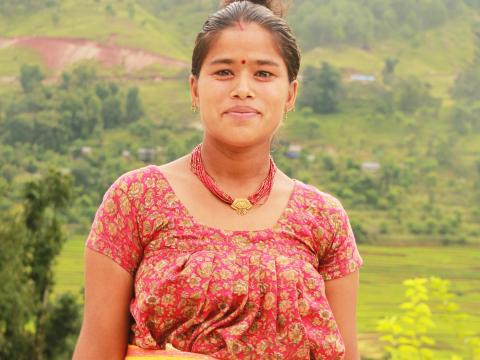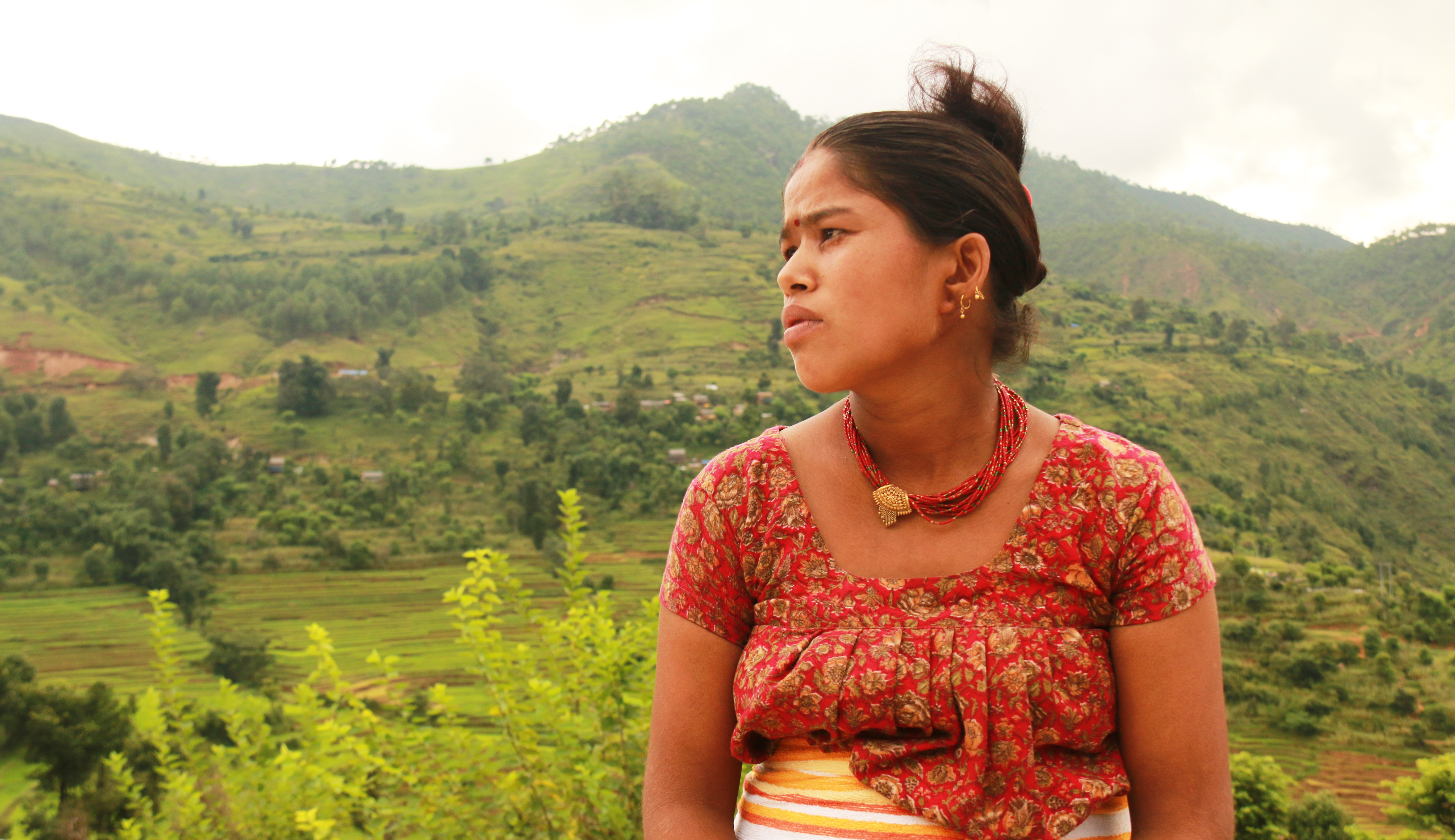Helping mothers take care of their babies

Far away from the hustle and bustle of city life Mina (25) lives in a serene location in Phyakse, Dhading with her husband and 5-year-old son. Her small house in this remote area is surrounded by lush green paddy fields and I take a moment to appreciate the fascinating sight.
Mina welcomes me with a friendly smile. Currently, she is 8 months pregnant with her second child. She, along with several other beneficiaries in her area, have been regularly attending Women, Adolescent and Young Child-Friendly Spaces (WAYCS) sessions since February where they have learned about maternal and newborn nutrition, breastfeeding, growth monitoring, reproductive health, communicable diseases, disaster management, and much more.
World Vision’s focus on ensuring that the wellbeing of children and their family is protected after emergencies, has led to the development of the WAYCS model. This model has a specific health and nutrition focus, but includes activities that will support other sectors including child protection, food security, livelihoods and Water, Sanitation and Hygiene (WASH).
Mina shares, "Through these sessions I have learned how to take care of my and my baby's health during and after pregnancy. I have also learned about maintaining proper gap between two pregnancies." She pauses for a moment and smilingly looks down at her growing belly.
"During my first pregnancy I skipped my iron tablets because they made me feel dizzy and there was no one to show me the right path. As a result, there were health complications and I was rushed to the capital for treatment. But now I have learned that these tablets are a must and I am taking them regularly. I want my second child to be healthy," she adds.
Her first baby was delivered at home but now she is committed to having the second delivery in the health post. According to her one major highlight of these sessions was learning how to properly prepare super flour (a mixture of nourishing local pulses and cereals). She cheerfully explains, "Before I attended these sessions I used to give more emphasis to pulses rather than cereals while preparing super flour. Now, I make sure two-thirds of the super flour is cereals and just one-third is pulses. This is the best way to provide a healthy diet for the baby."
After being momentarily distracted by her son who is playfully jumping in the nearby field singing a local folk song, she continues, "As I’m illiterate, I didn’t know the proper way to take care of my baby's well-being. I just followed the traditional insecure methods until I attended these sessions. I didn’t know we had to go for health checkups regularly during pregnancy. Now, I know the importance of prenatal and postnatal health care."
WAYCS creates a safe corner for mothers to spend private time with their infants, breastfeed, rest, eat, and receive support, counseling, and advice as to how to care for their children following a disaster. It is also a space where vulnerable groups can freely share their thoughts.
Currently, a WAYCS building is being built by World Vision in Khalte, Dhading. After construction it will be handed over to the local health post so that it can be used as an outreach clinic in the future.
More than a year after the earthquake, over 12,500 people in 10 earthquake-affected districts have benefitted from 1,300 WAYCS sessions conducted by World Vision.
